25 Iconic Buildings to Visit Before You Die
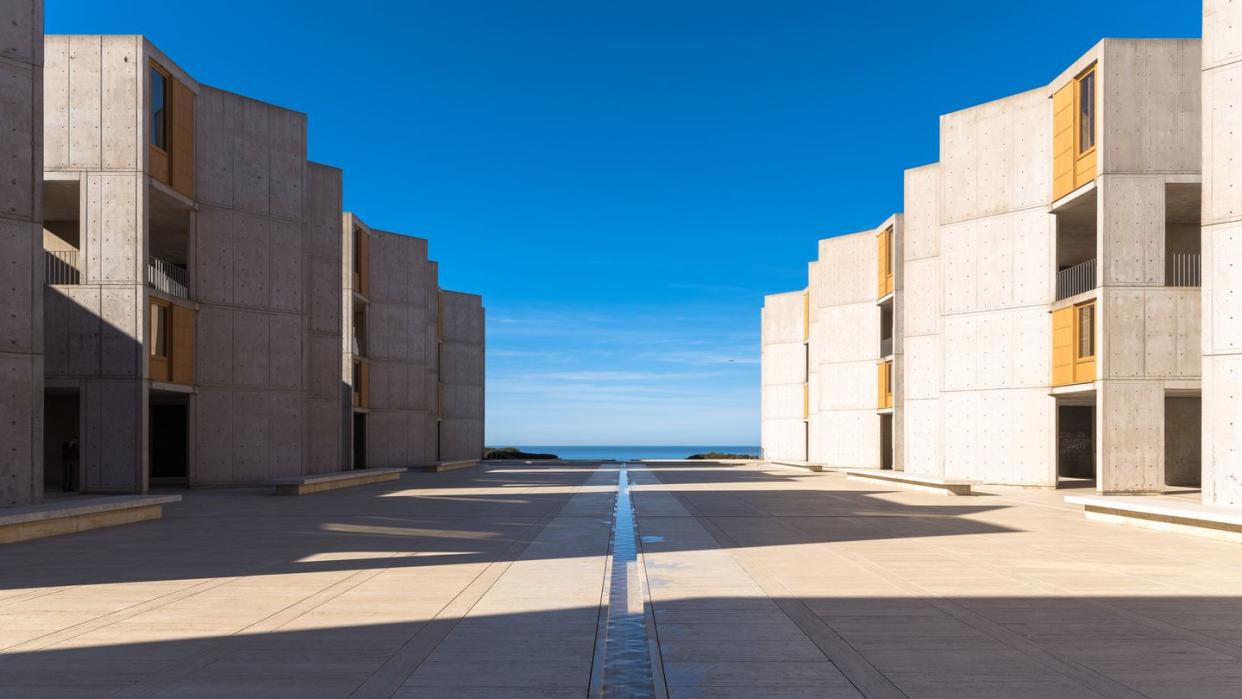
"Hearst Magazines and Yahoo may earn commission or revenue on some items through these links."
The word iconic gets thrown around a lot, especially in the world of architecture. The more it’s deployed, the less meaning it retains. So what makes a building fit the definition? “It has to be one that's immediately recognizable to a vast number of people whether they’ve seen it in person or not,” says Professor Barry Bergdoll, the former chief curator of architecture and design at the Museum of Modern Art in New York City. “It should, on its own, define a landscape or place.”
There are many examples of this throughout history, many of which will not be included on this list. From the Pyramids of Giza and the Hagia Sofia to the Tribune Tower in Chicago and Beijing’s CCTV building by Rem Koolhaas, iconic buildings are not specific to one period or place. They are borderless “things of devotion” as Bergdoll puts it. Here, in no particular order, is a list of 25 of some of the most iconic buildings of all time.
Louvre Museum — Paris
A museum's architecture can be just as iconic as the artwork it houses inside, and the Louvre Museum in Paris if proof. Fun fact: The museum's incredibly iconic glass pyramid was built by I.M. Pei, the first non-French architect to work on the project. Controversy certainly ensued.
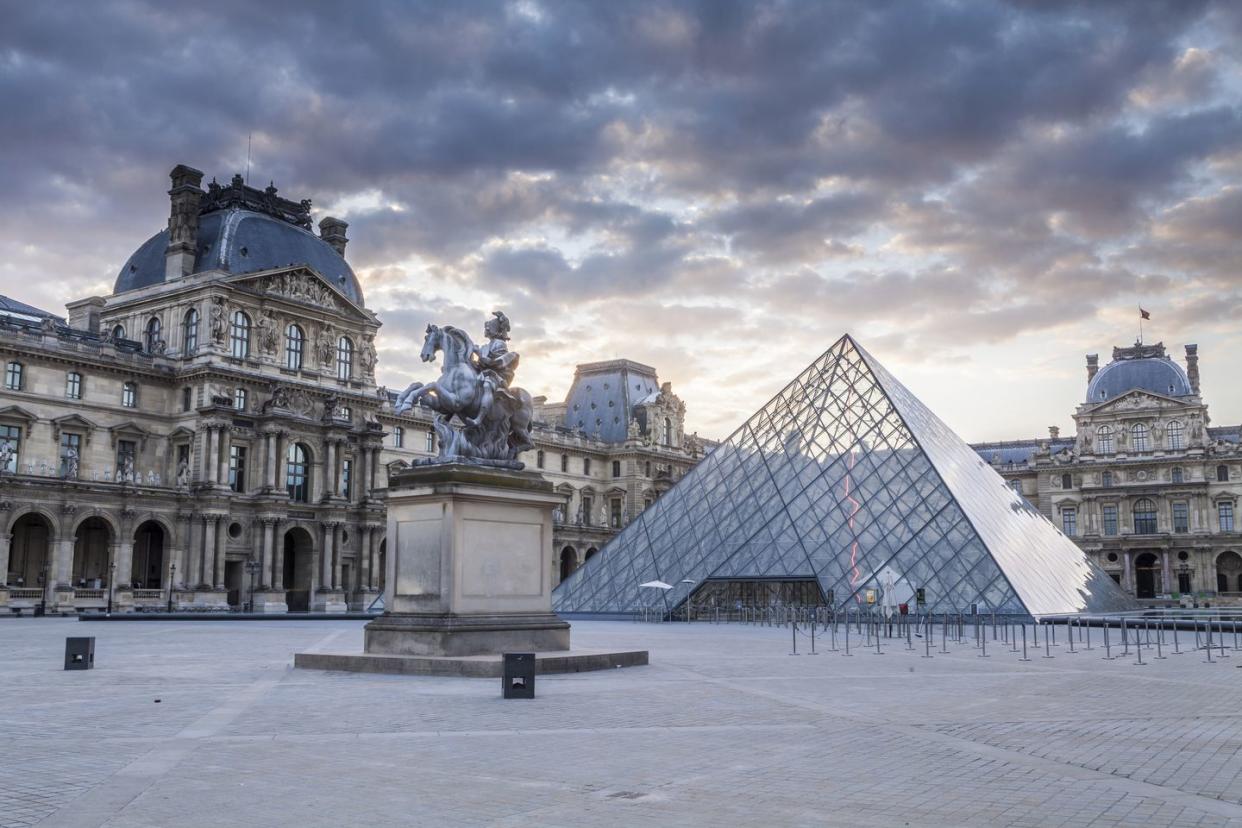
Bauhaus — Dessau, Germany
The Bauhaus, completed in 1926 by Walter Gropius, is iconic and architecturally significant for pioneering the modernist movement, blending art, craftsmanship, and technology in a revolutionary approach to design education, influencing generations of architects with its functional, minimalist aesthetic.
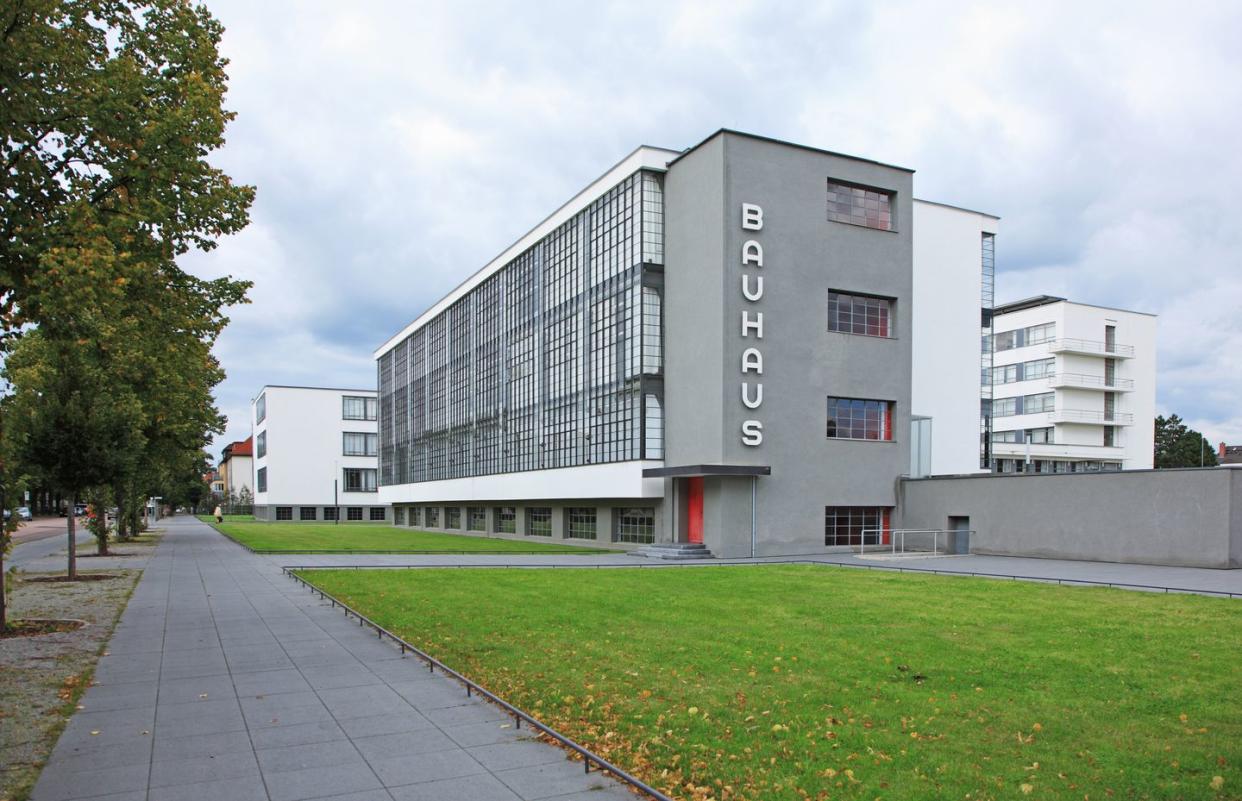
Sydney Opera House — Sydney, Australia
The Sydney Opera House had to overcome a series of hurdles before cementing itself as the most popular performance hall. Though Danish designer Jørn Utzon's won over 233 other submissions in 1957, the project faced a series of complications and Utzon formally resigned in 1966. However, Utzon agree to rejoin the project in 1999, adding the final touches before the Sydney Opera House reopened in 2004.
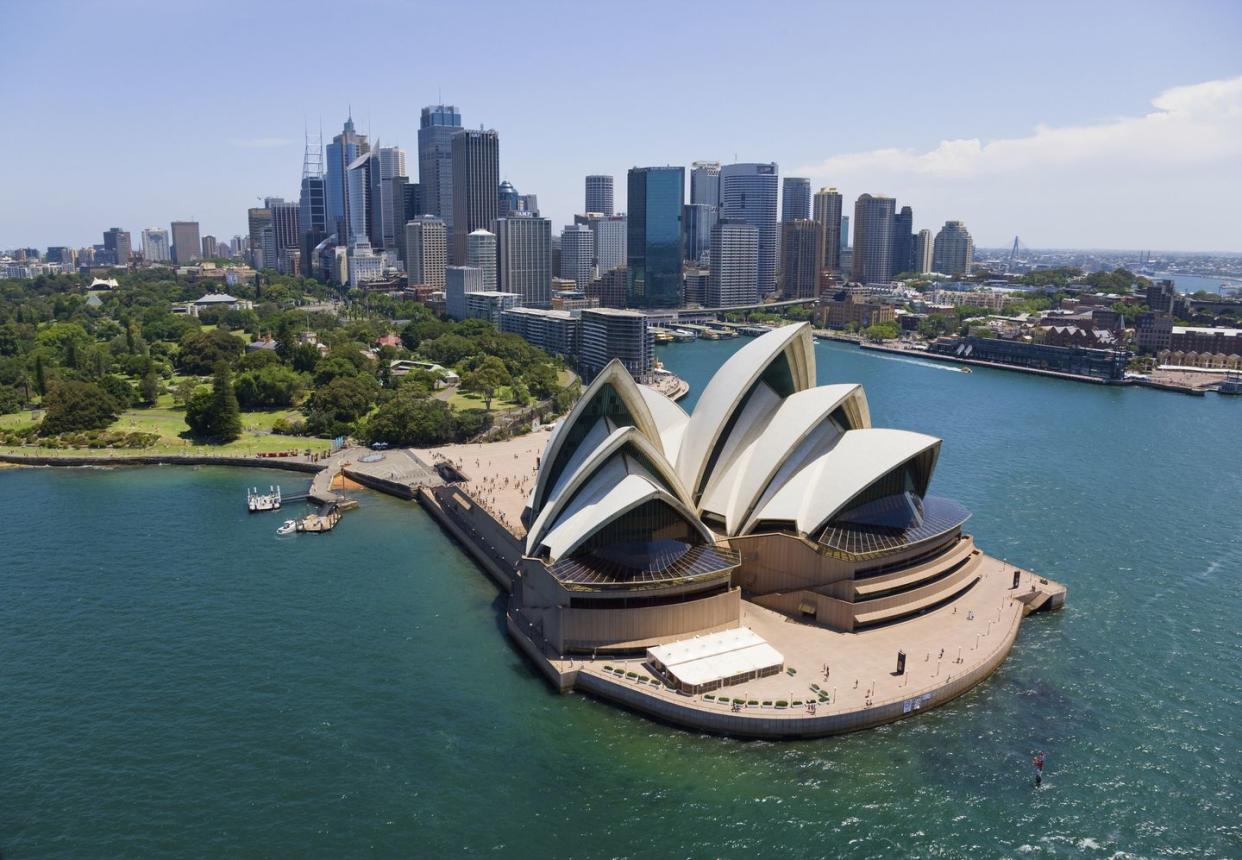
Great Mosque of Djenné — Djenné, Mali
Built in the 13th century, the Great Mosque is a UNESCO World Heritage Site and a prime example of Sudanese architecture. Its adobe construction, featuring three towering minarets and a large central courtyard, represents a blend of Islamic and pre-Islamic architectural traditions. It doesn’t get more visually striking and culturally significant than this.
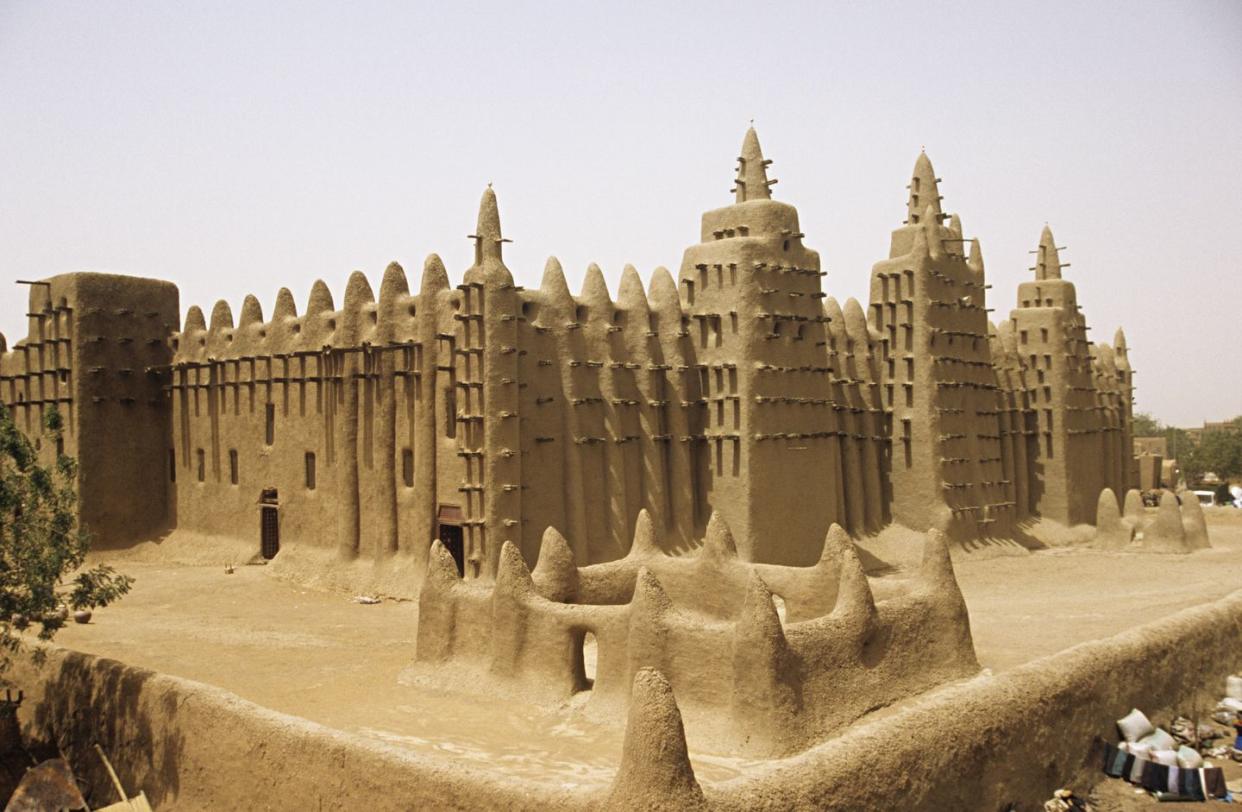
Seagram Building — New York City
The Seagram Building is both beloved and controversial and a paragon of modernist architecture and the International Style. Its sleek glass and bronze exterior, combined with an innovative use of space, set a standard for skyscraper design, embodying Mies van der Rohe's famous dictum "less is more." It sits across from Gordon Bunshaft’s equally innovative (and arguably more beautiful) glass curtain wall building, the Lever House. If you want to understand midcentury modern architecture, just spend some time ogling at the corner of 53rd and Park Avenue.
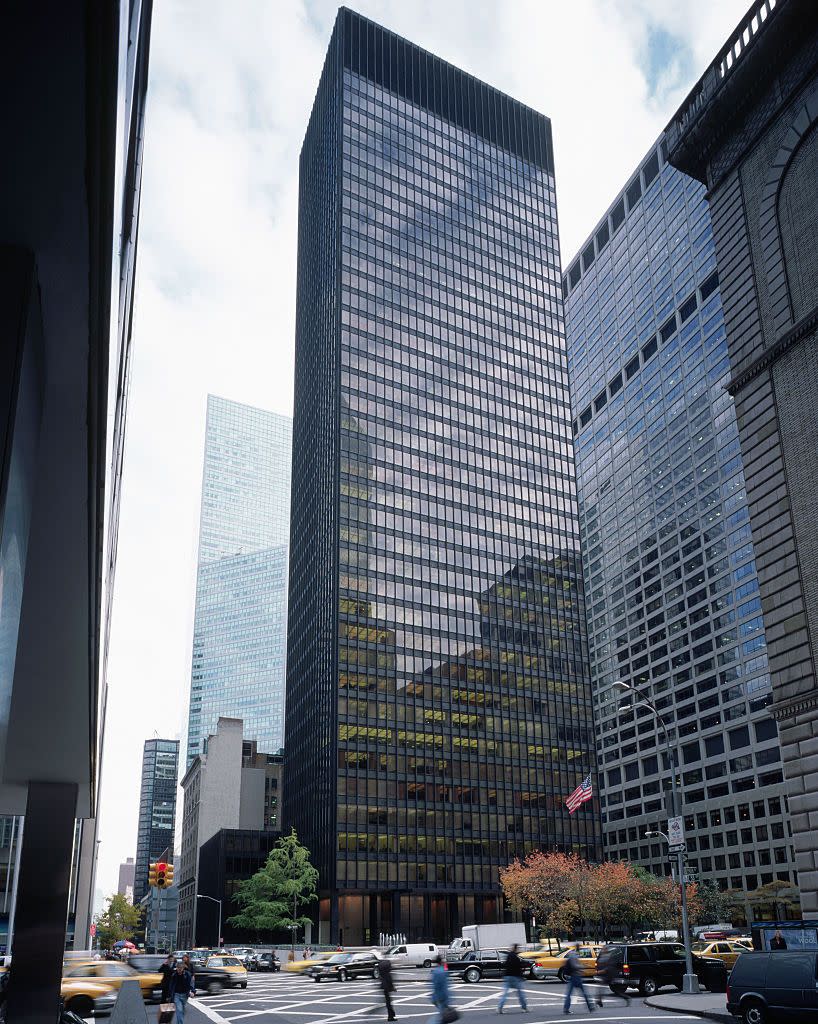
The Portland Building — Portland, Oregon
Just because a building is iconic doesn't mean it’s any good. Bergdoll points to the Portland Building by Michael Graves, one of the West Coast’s most identifiable (and derided) landmarks, to prove his point. “Even if you like Postmodernism, you know it's a bad building,” he says.
What’s his beef with this quirky monolith that helped define an architectural movement, you ask? Well, there’s the issue of the oppressive working spaces within. “It feels like 3,000 feet between your desk and the nearest window.” Then there’s the 1982 building’s shape and facade, which Bergdoll describes as a boring box with a slightly better wrapping than you’d get for a gift at Macy’s.
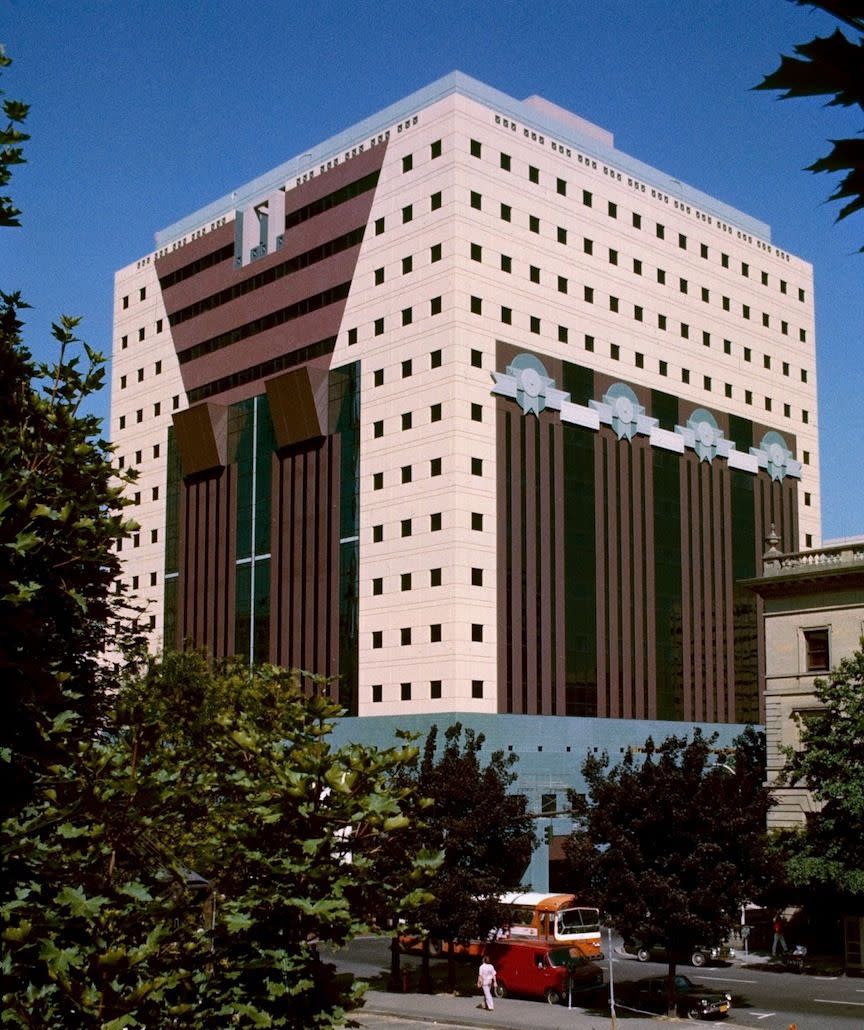
Salk Institute — La Jolla, California
This 1965 building, one of architect Louis Kahn’s many bonafide masterpieces, is renowned for its timeless elegance and integration with its natural surroundings. The symmetrical layout and use of materials such as concrete and teak contribute to a sense of harmony, reflecting Kahn's emphasis on connecting monumental manmade form with nature.
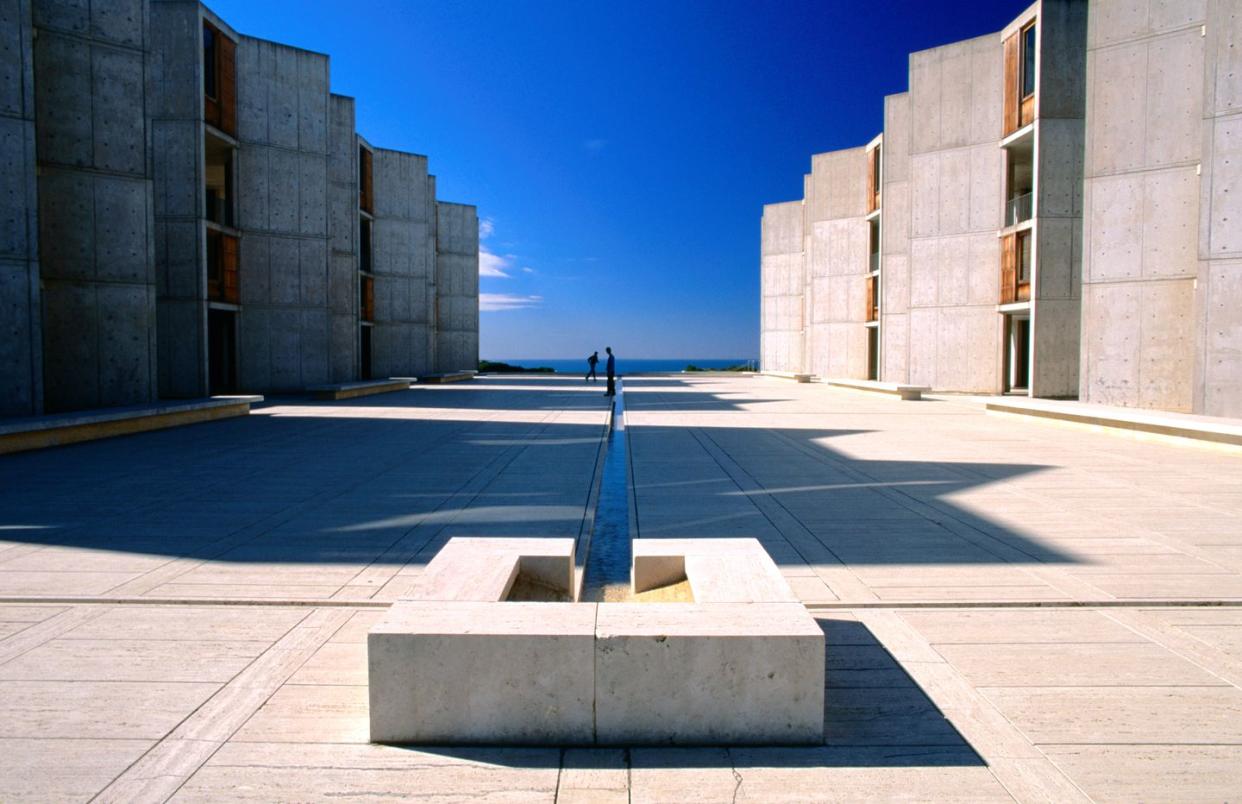
Casa Milà — Barcelona
Why is a short-lived aesthetics-first design period like Art Nouveau dismissed as frivolous in architecture circles? Sinuous lines and floral patterns perennially just don’t get enough love from the black turtleneck crowd. Nonetheless, France had its master in Hector Guimard, Belgium had Victor Horta, and in Spain there was Antoni Gaudí, who was responsible for popular tourists destinations like Sagrada Familia and Park Güell. Between its undulating stone facade and a lack of straight lines, Gaudí Casa Milá, completed in 1912, is one destination for design enthusiasts and culture buffs alike.
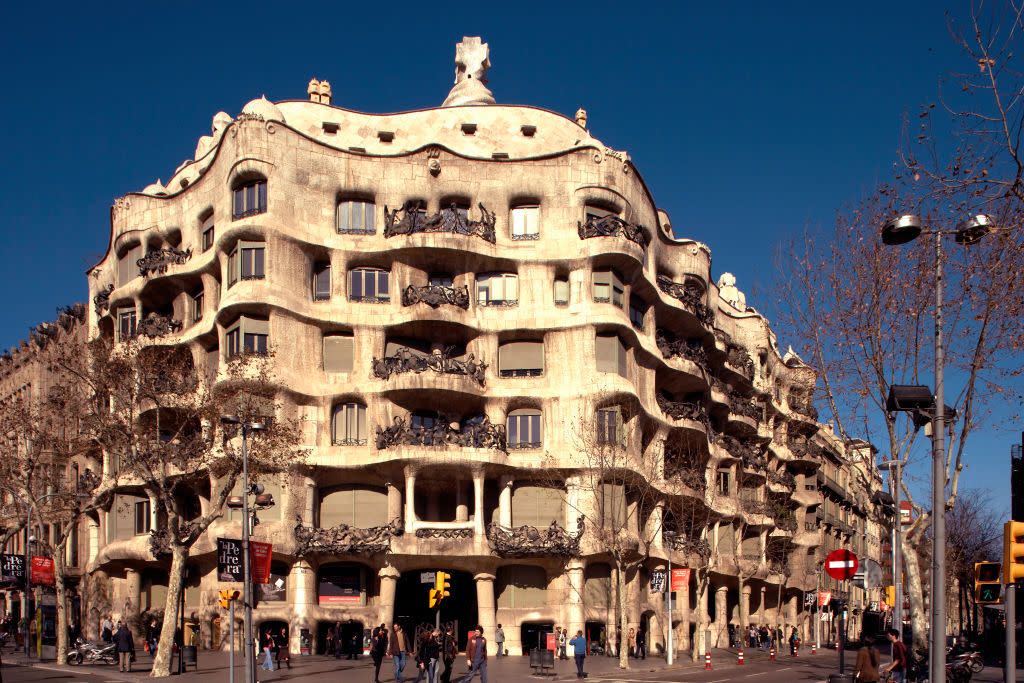
432 Park Ave — New York City
Another controversial entry, the late Rafael Viñoly’s 1,397-foot-tall skyscraper, completed in 2015, is representative of a movement we’ll look back on in 50 years and wonder how we survived it. The my-building-is-taller-than-yours era gave us a numerous needle towers, but one reigns supreme in the psyche of New York residents and tourists alike. “I think of all of those buildings, it's the most recognizable,” Bergdoll says. “And you can see it from I-95 in Connecticut.” 432 Park Ave. has redefined the world’s most famous skyline, so it’s an obvious choice for this list.
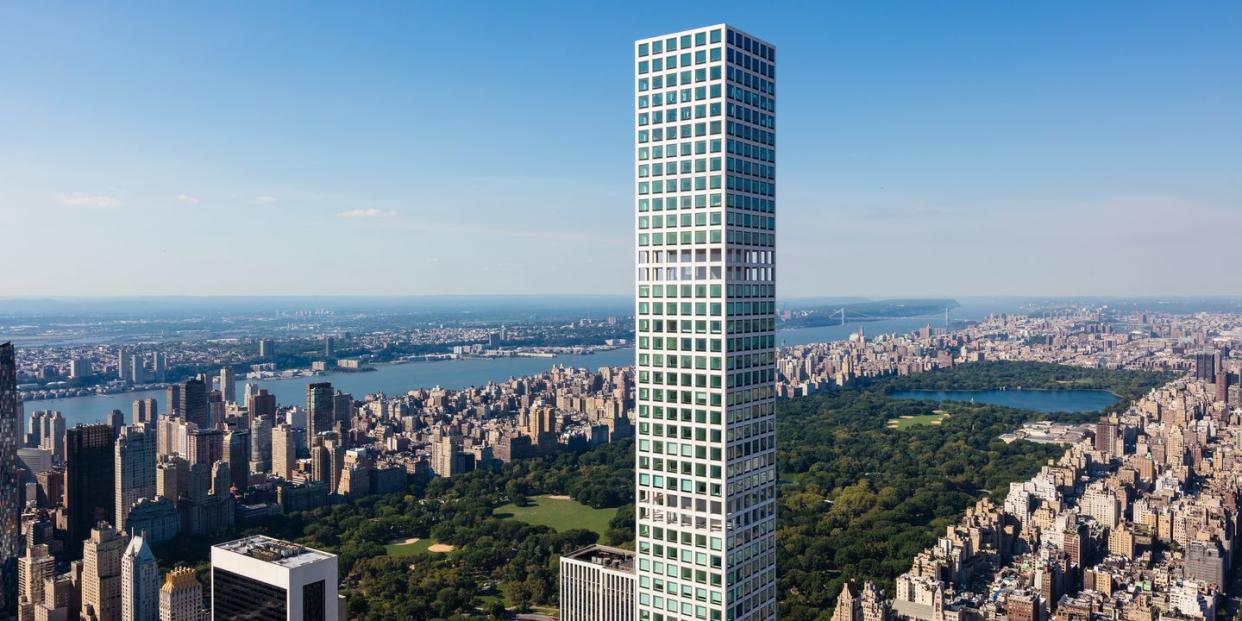
Petronas Twin Towers — Kuala Lumpur, Malaysia
As the world's tallest twin towers since 1996, the Petronas Twin Towers were designed with a Malaysian spirit in mind. From a bird's eye view, each tower resemble an eight-point star, an Islamic symbol for unity, harmony, stability, and rationality.
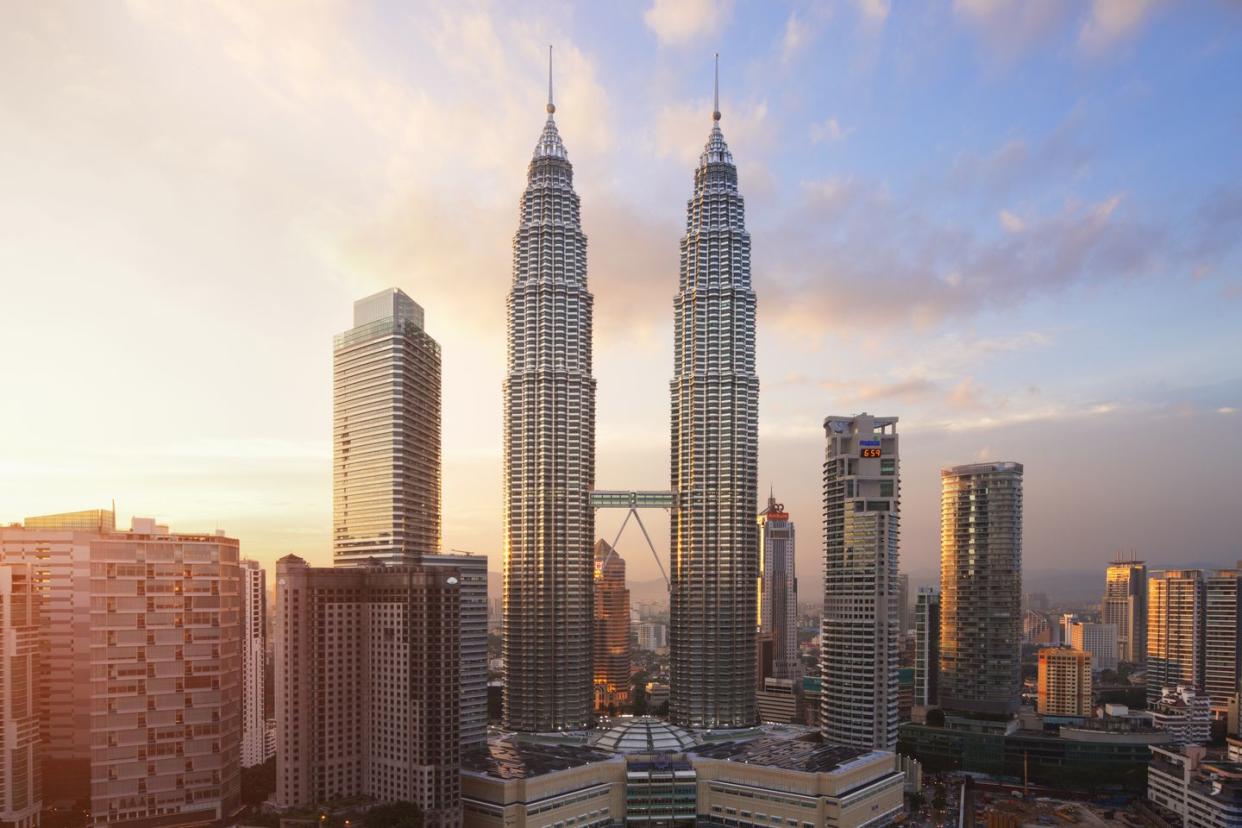
Colosseum — Rome
While Rome's Colosseum was originally built in 70 AD to serve as a fighting arena, it has since become an architectural landmark not to be missed. With a round facade and ancient Roman details, this is one iconic building that has withstood the test of time.
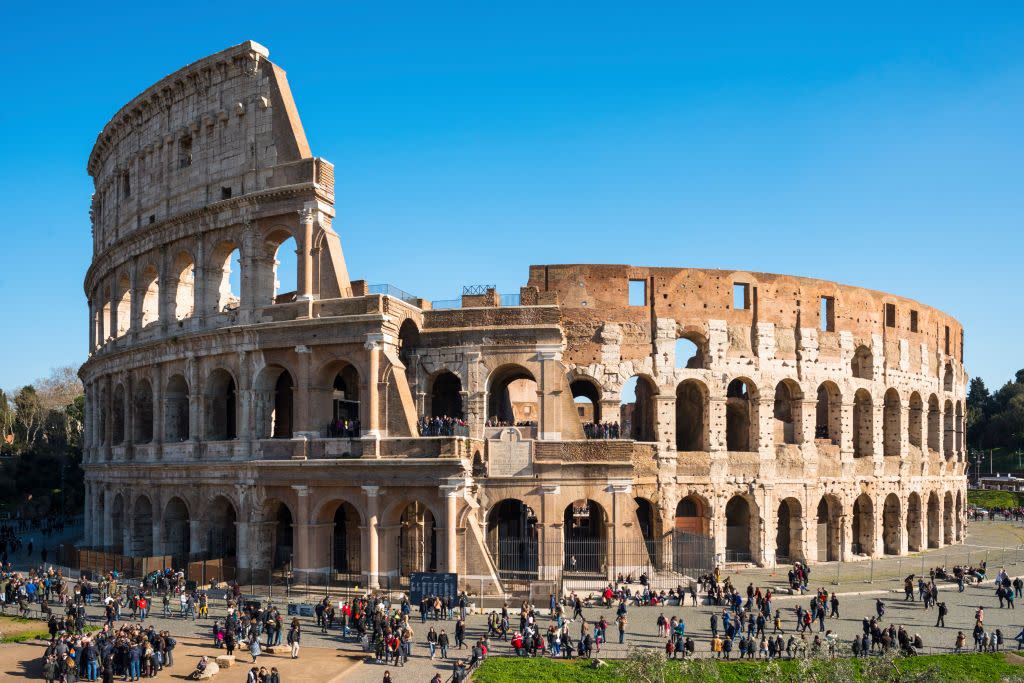
The Shard — London
Though it's relatively new to the London skyline, the Shard has already become an iconic fixture. Determined to create a "vertical city," architect Renzo Piano drew inspiration from the nearby strand of railroads, sail ship masts, and paintings from Canaletto. The result? A building that is both modern and majestic.
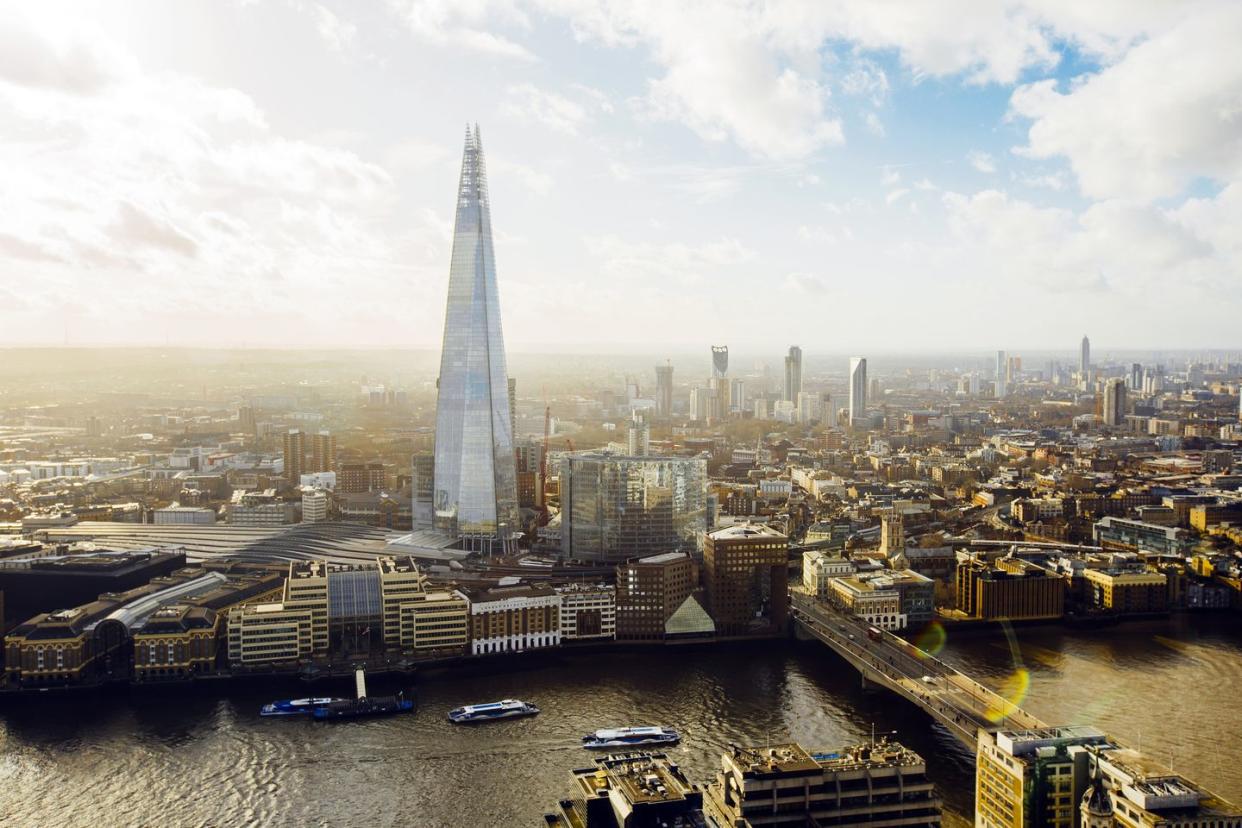
Flatiron Building — New York City
Built by Chicago-based architect Daniel Burnham in 1902, this iconic building is planted in the middle of New York City. The building—and the neighborhood 285 feet below—got its name from its unique, wedge-shaped form.
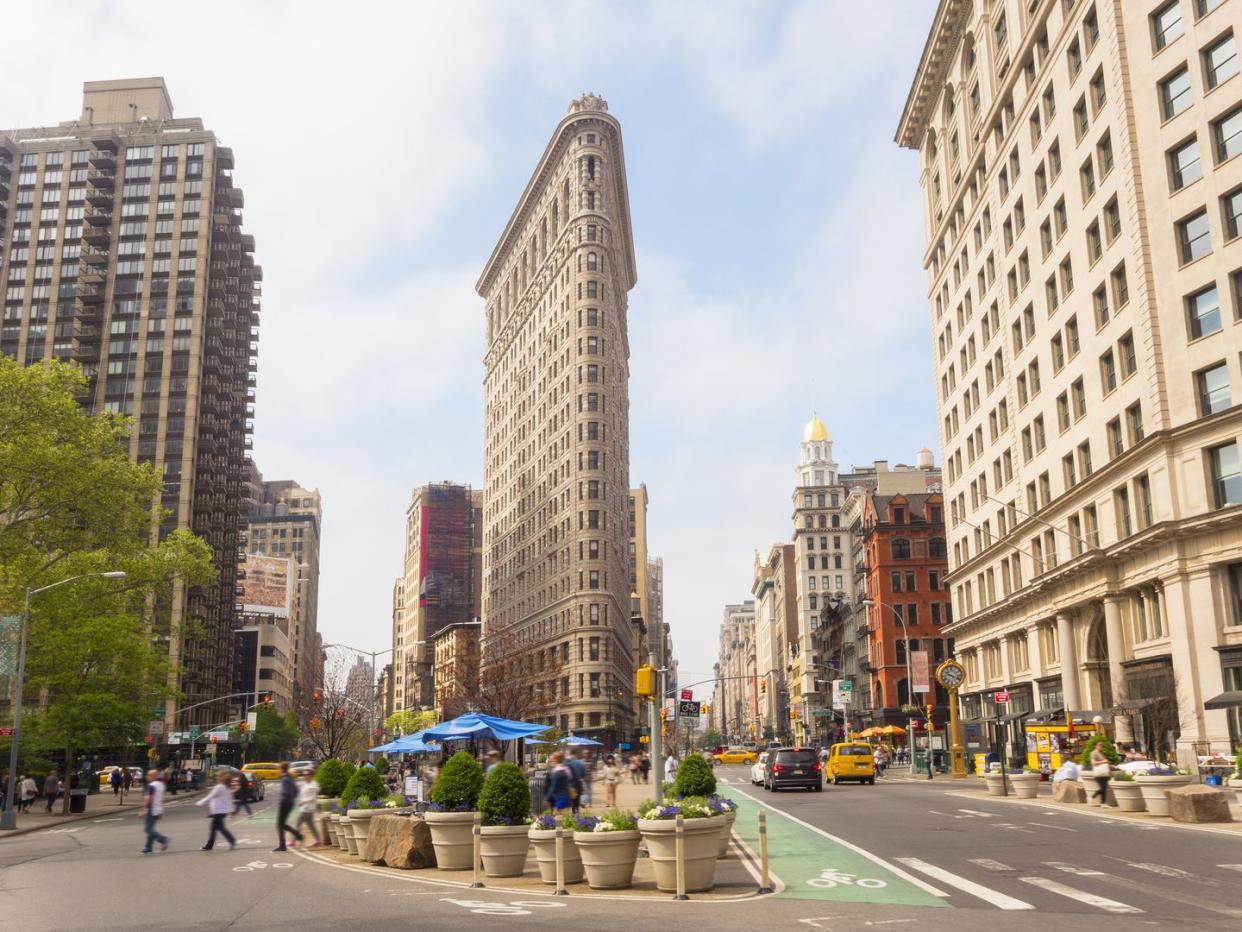
World Financial Center — Shanghai
As Shanghai's World Financial Center proves, good things come to those who wait. Construction on the Kohn Pedersen Fox-designed building began in 1997 but wasn't finished for another decade. Not only was it dubbed one of the tallest buildings in the world upon completion, but its three observation decks also offer impressive views of the city.
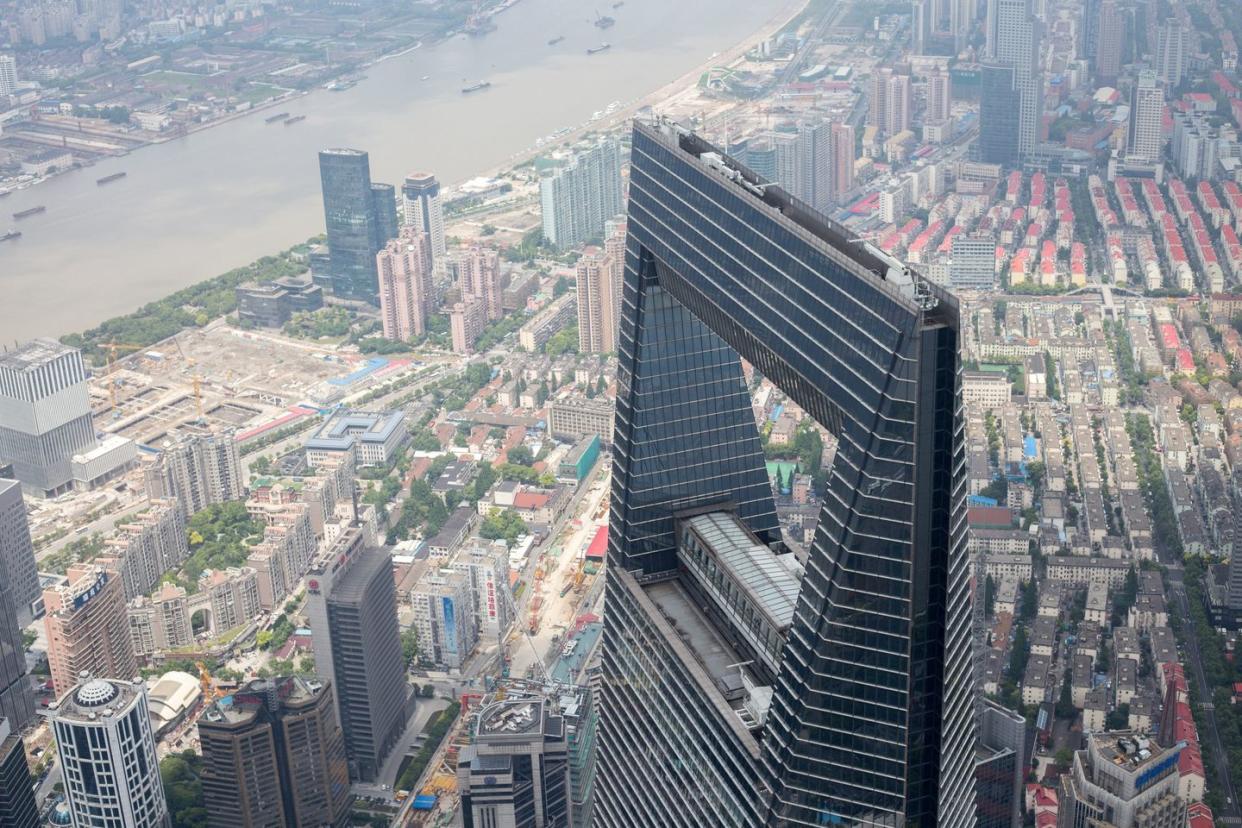
Palace of Versailles — Versailles, France
Since construction began in 1631, the Palace of Versailles has transformed from the primary residence of Louis XIV to a museum of the history of France. However, this French institution hasn't lost an ounce of opulence. From its famous hall of mirrors to the 100,000 gold leaves that flank its gate, the palace still feels downright royal.
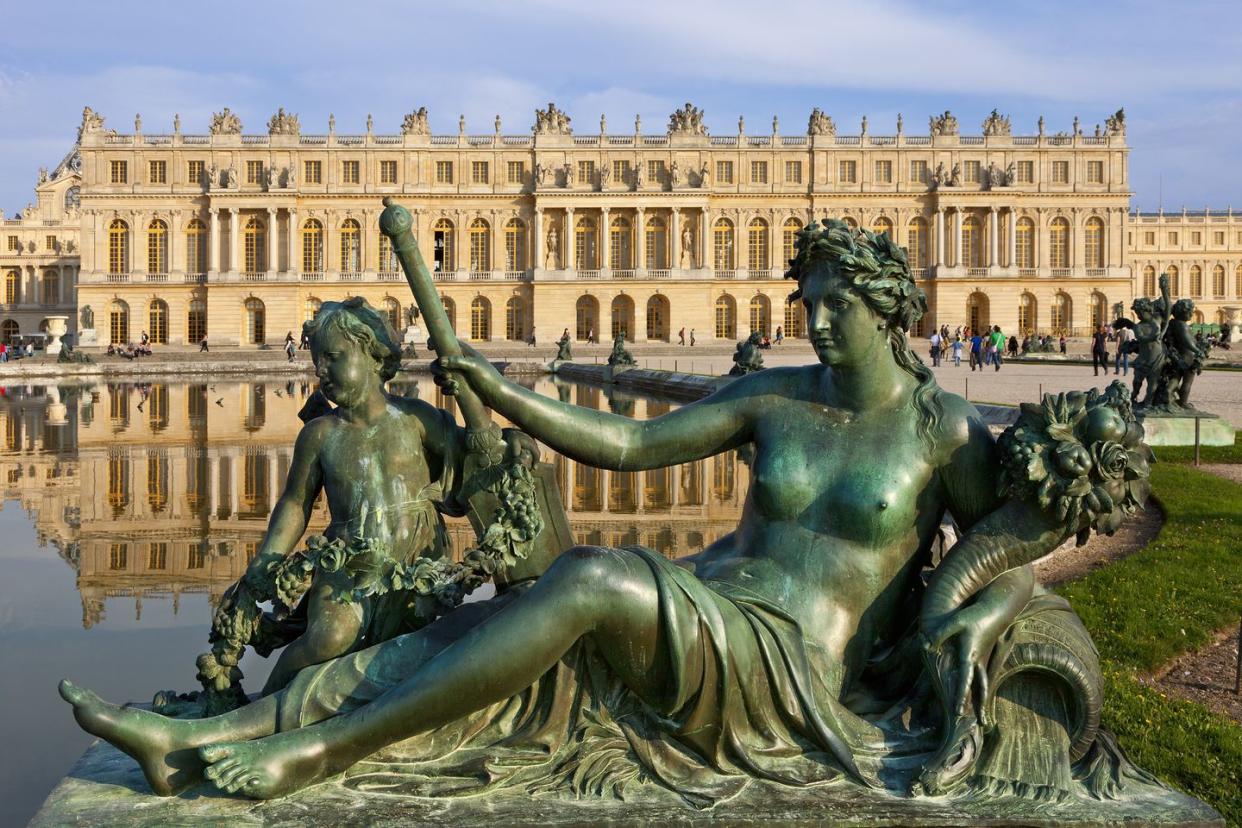
Taj Mahal — Agra, India
A UNESCO World Heritage site—and one of the new seven wonders of the world—India's Taj Mahal is a bonafide marbled masterpiece. There's a reason people travel from near and far to see this symmetrical structure.
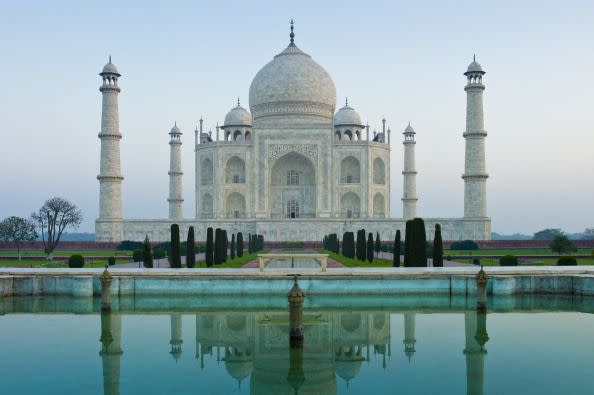
Palace of Westminster — London
Speaking of the Shard, the tower's observation deck has a clear sight of another beautiful, British building: The Palace of Westminster. While most of the original structure burned down in the Great Fire of 1934, Sir Charles Barry spearheaded the renovation, complete with a gothic facade and, of course, the famous Big Ben clocktower.
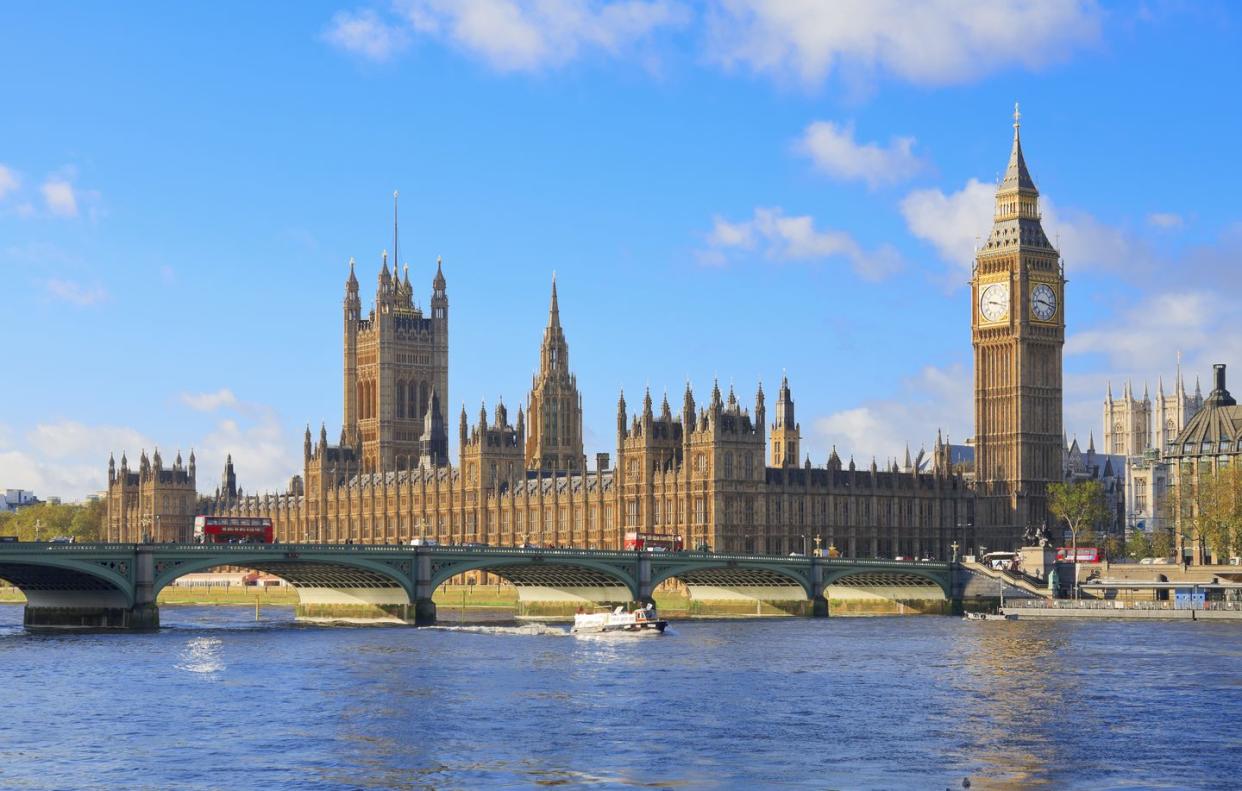
Notre Dame — Paris
Not only does the Notre Dame Cathedral draw in approximately 13 million visitors per year, but its gothic facade and stoic interior makes it one of the most popular churches in the world. Though part of the structure tragically burned down in 2019, the Notre Dame still lives on in architecture infamy.
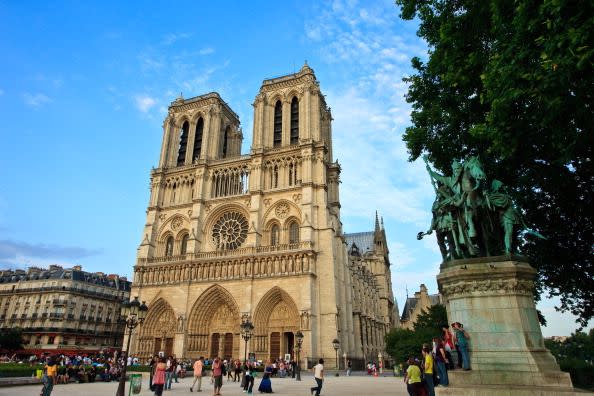
St. Basil's Cathedral — Moscow
Located in Moscow's Red Square, St. Basil's Cathedral gives the tourist destination a storybook flair. Fun fact: The bold colors that currently adorn the cathedral weren't added until over 200 years after completion.
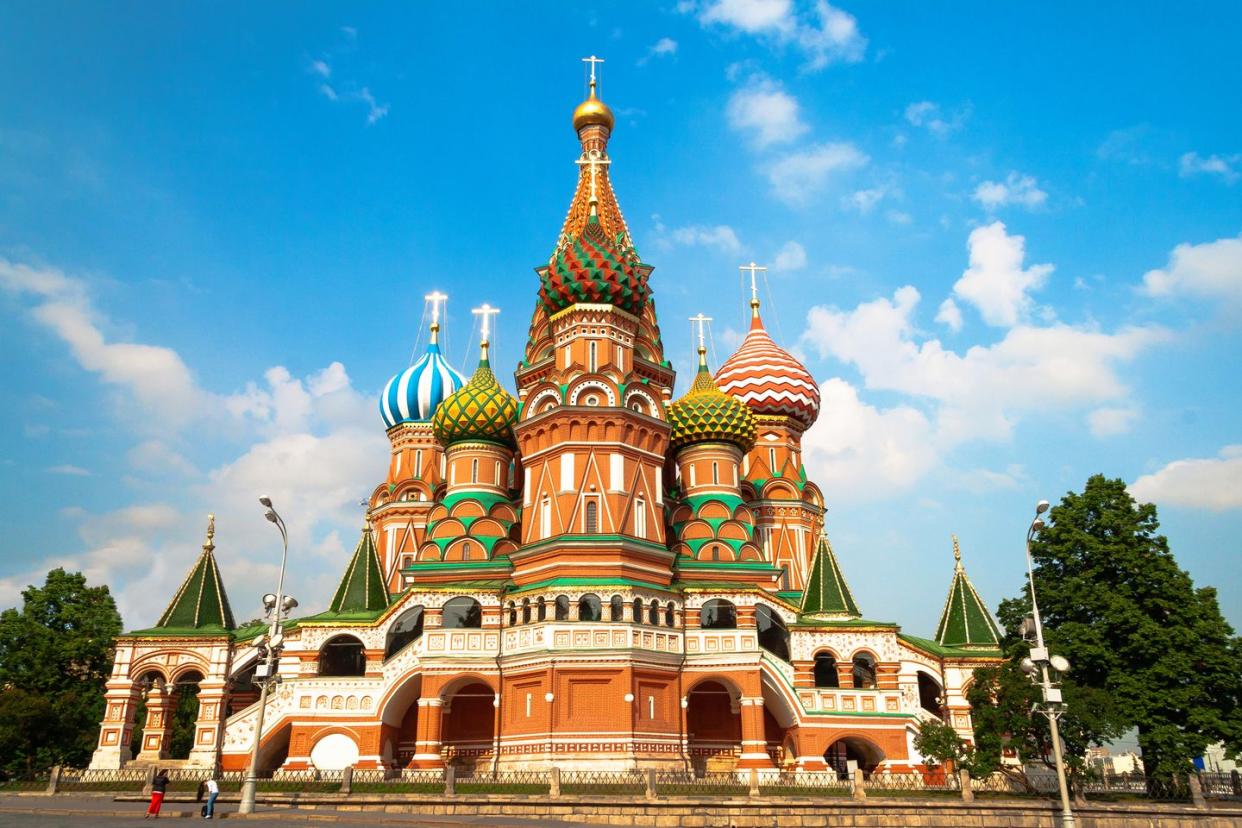
Empire State Building — New York City
From the Freedom Tower downtown to 432 Park Avenue near the Upper West Side, New York's small island is packed with iconic skyscrapers. But perhaps nothing epitomizes New York quite like the Empire State Building. Completed in 1931, this iconic building symbolize the city's ambition, innovation, and a competitive spirit.
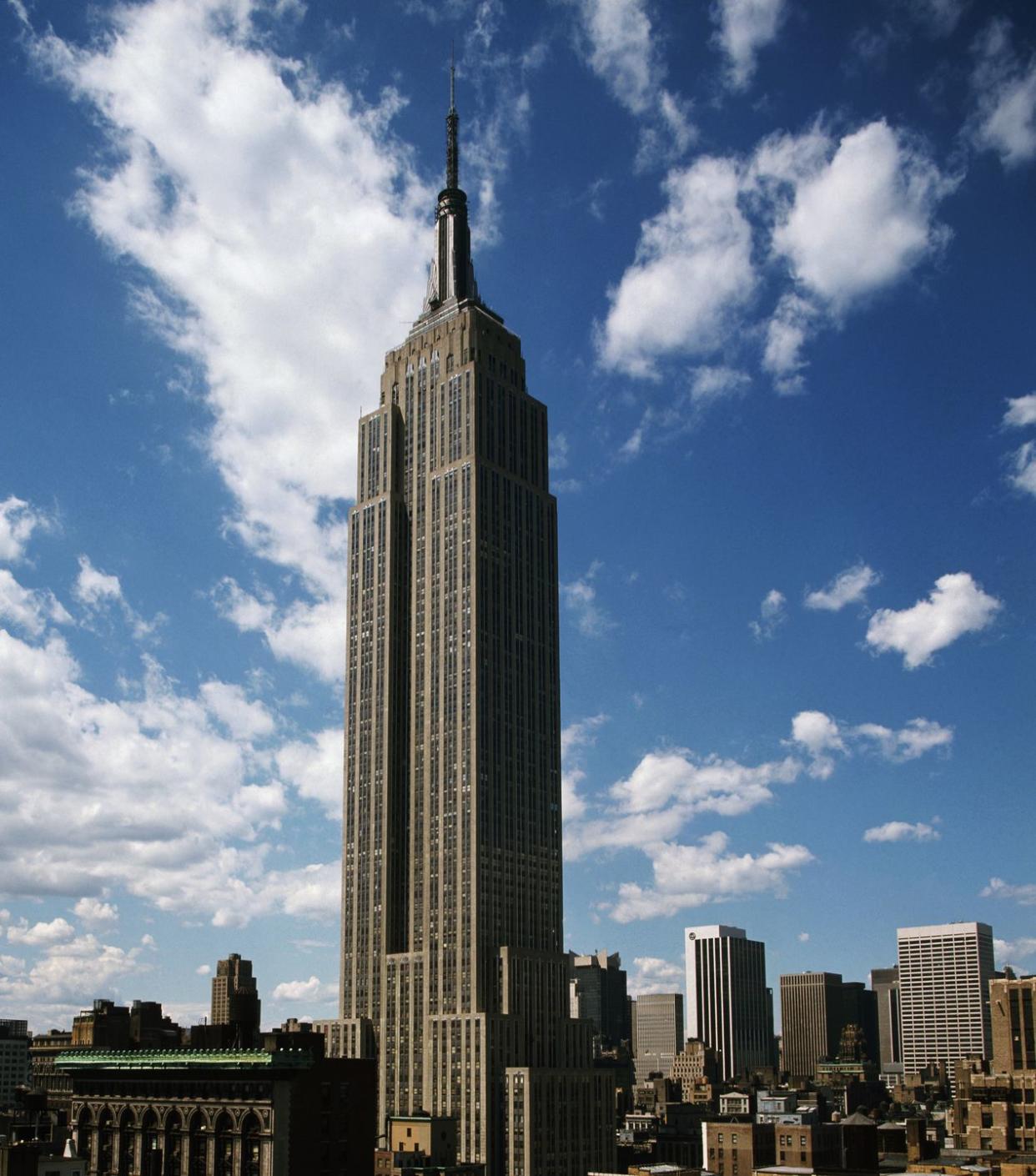
Eiffel Tower — Paris
Of course, no conversation about Paris architecture is complete without praising the Eiffel Tower. Erected for the World's Fair of 1889, the Eiffel Tower was selected out of 107 projects and has since become synonymous with Paris.
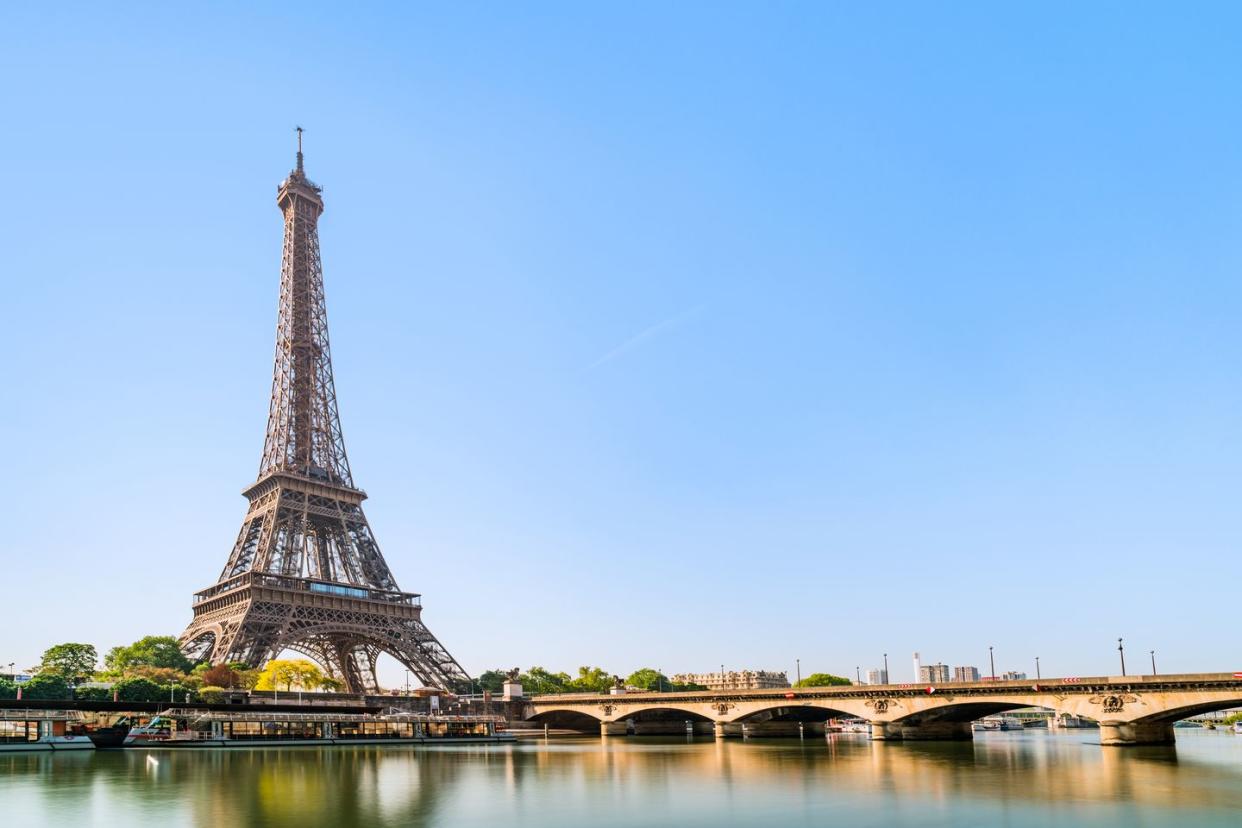
Burj Khalifa — Dubai
Clocking in at over 2,700 feet, Dubai's Burj Khalifa is currently the tallest building in the world. But despite its extravagance, this record-breaking building has a soft side. In fact, architect Adrian Smith drew inspiration from the UAE's beloved flower, the Spider Lily.
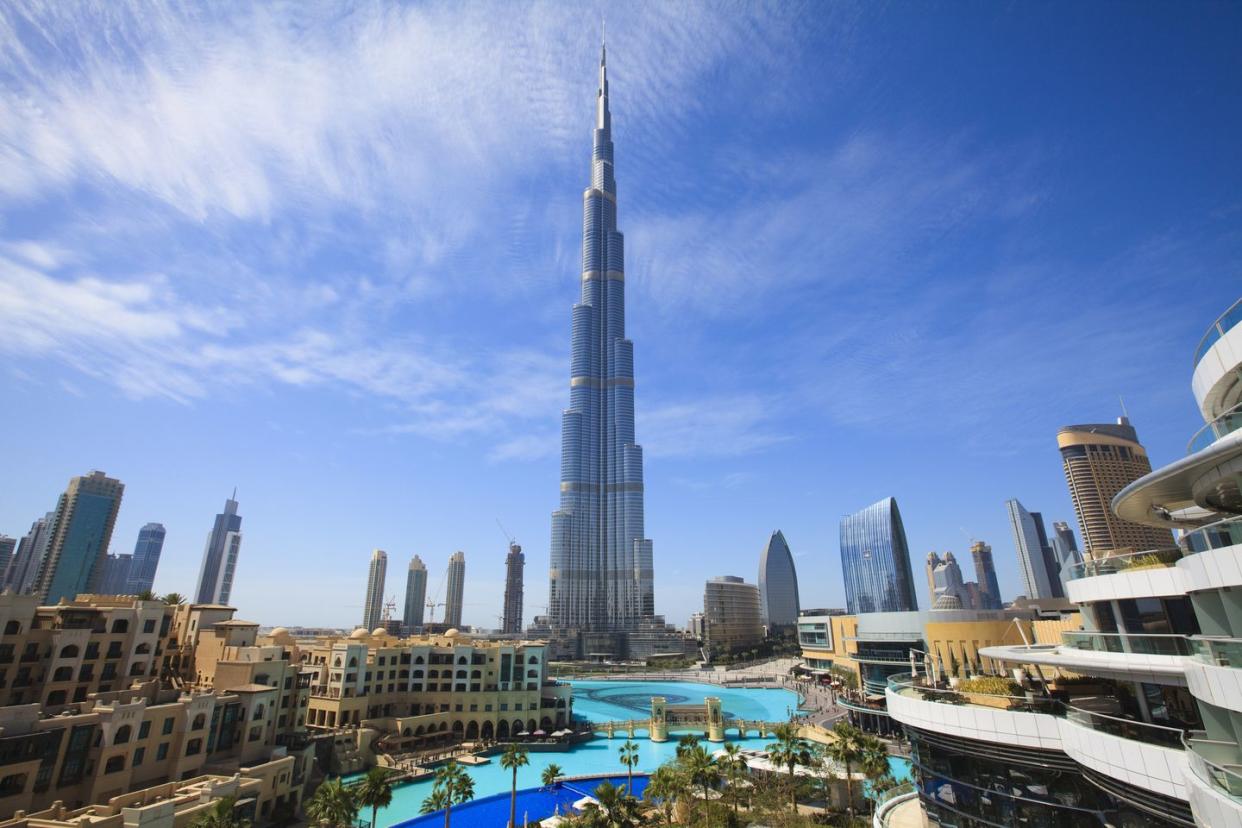
Solomon R. Guggenheim Museum — New York City
With its modern, bulbous silhouette, Frank Lloyd Wright might not be the first name that comes to mind when you see the Guggenheim Museum in New York City. However, the father of Prairie style is responsible for this iconic New York structure. Wright was commissioned to design the Guggenheim museum in 1943 and it opened to the public in 1959—six months after the architect's death.
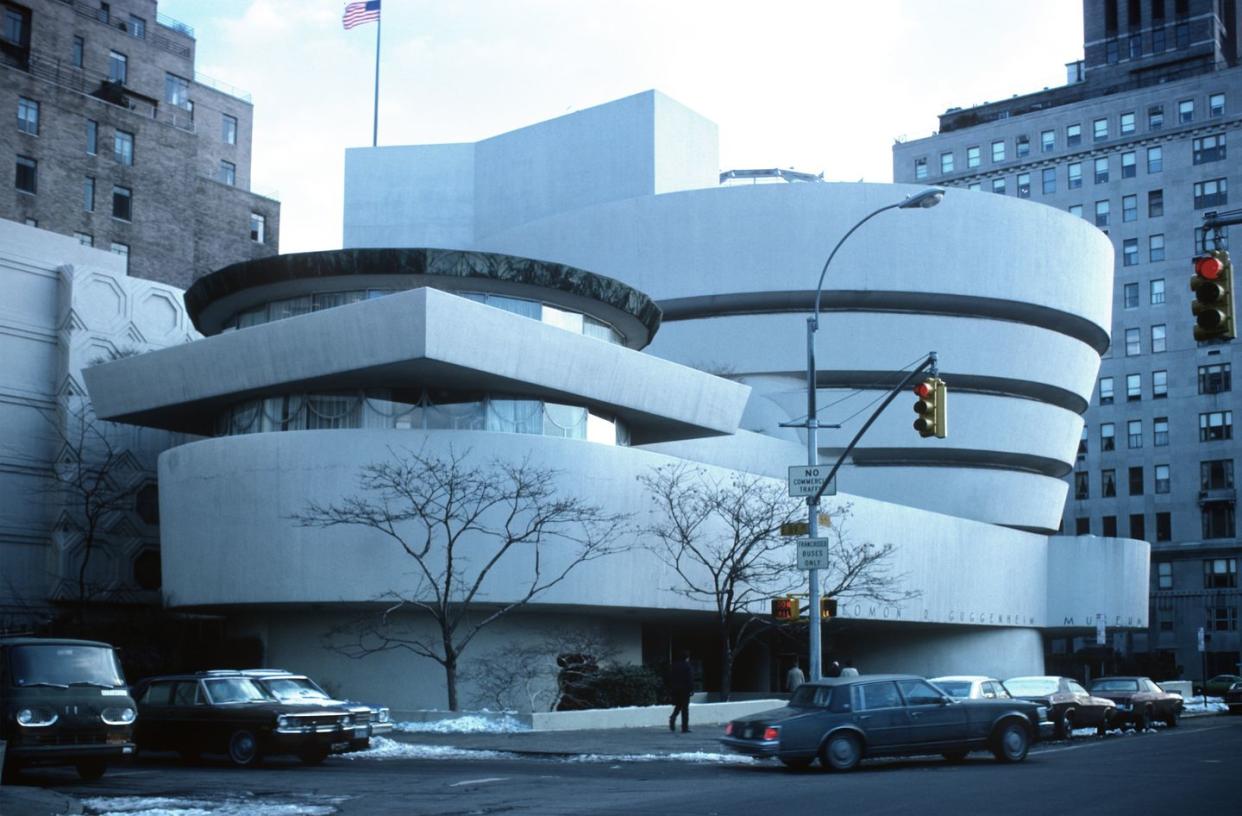
Guggenheim Museum — Bilbao, Spain
Yes, Frank Gehry’s museum is a landmark example of deconstructivist architecture, with its freeform curvilinearity and titanium cladding that, at the time, challenged design conventions. But its impact on Bilbao has been more powerful beyond what anyone could have predicted. A single building essentially revitalized the Basque city and made it a top European tourist destination. “It completely changed the landscape,” Bergdoll says. “It's so iconic that when you’re in Bilbao, you feel like you're in the wrong place if you can’t see it.
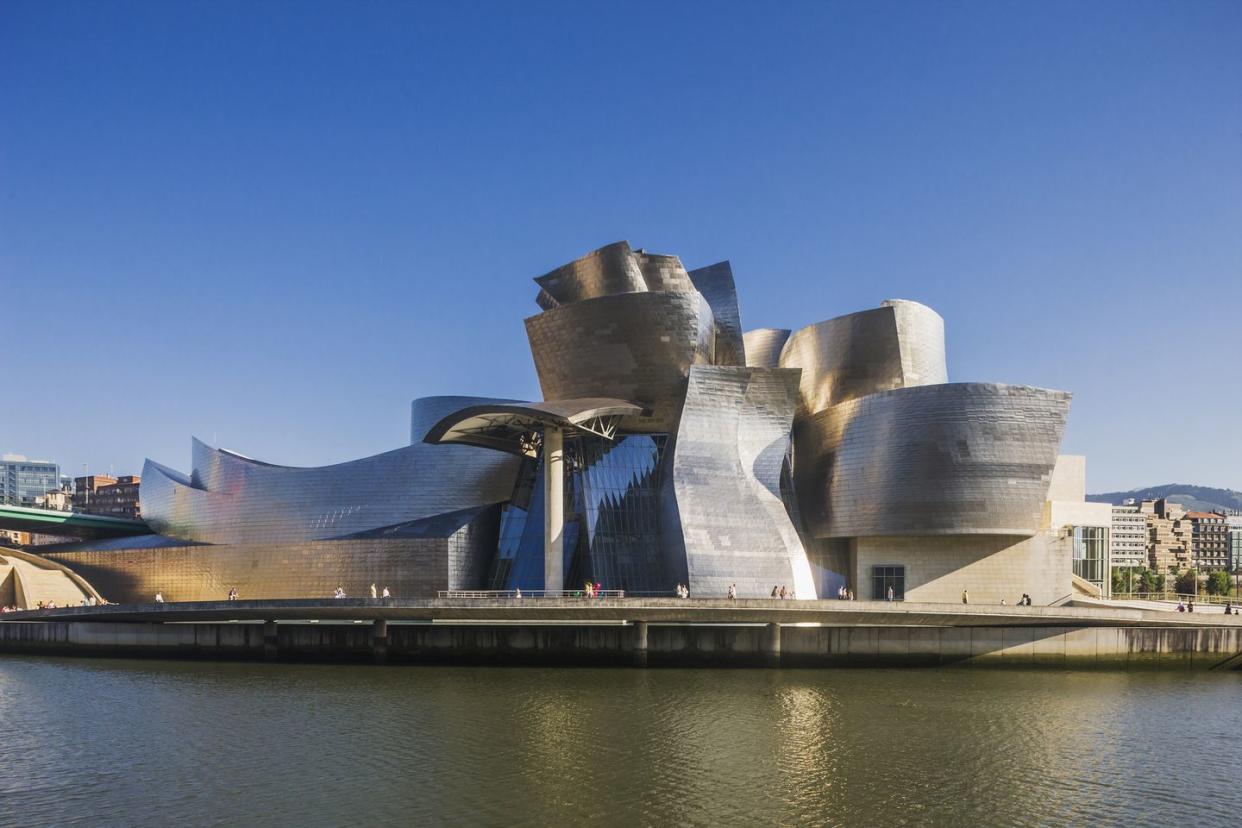
Notre-Dame du Haut — Ronchamp, France
Swiss architect Le Corbusier, like some other architects with buildings on this list, designed more than one icon. Though, in his canon of work, one building truly holds a place atop the rest. His 1954 Notre-Dame of Ronchamp is a masterpiece celebrated for its sculptural and expressive form—a swooping roof, asymmetric walls and scattered window placement. In the 1950s, when buildings like Seagram were going up, emphasis was universally placed on function and rectilinearity by architects. How’s that for contrast?
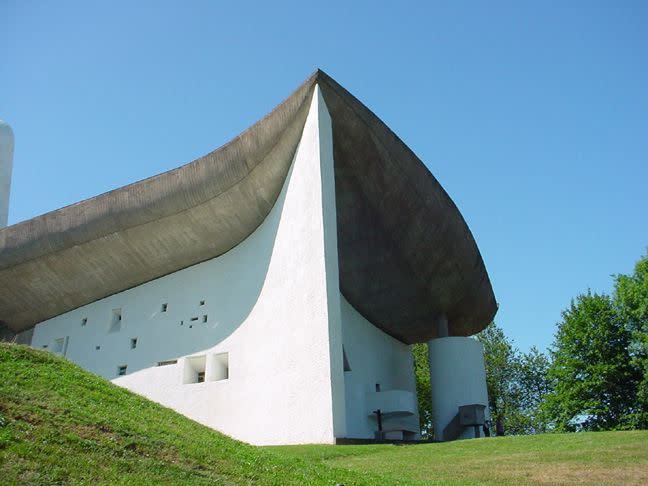
You Might Also Like